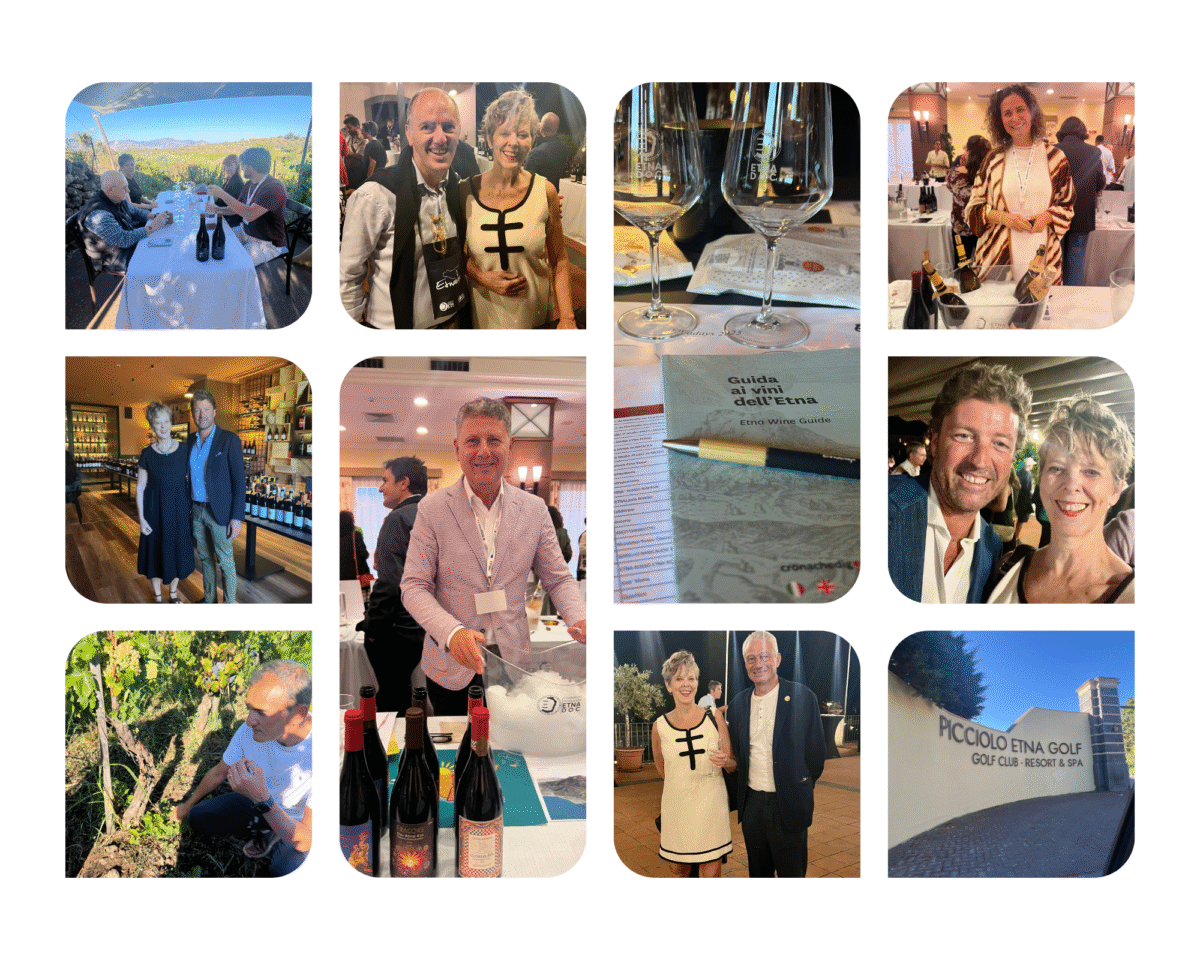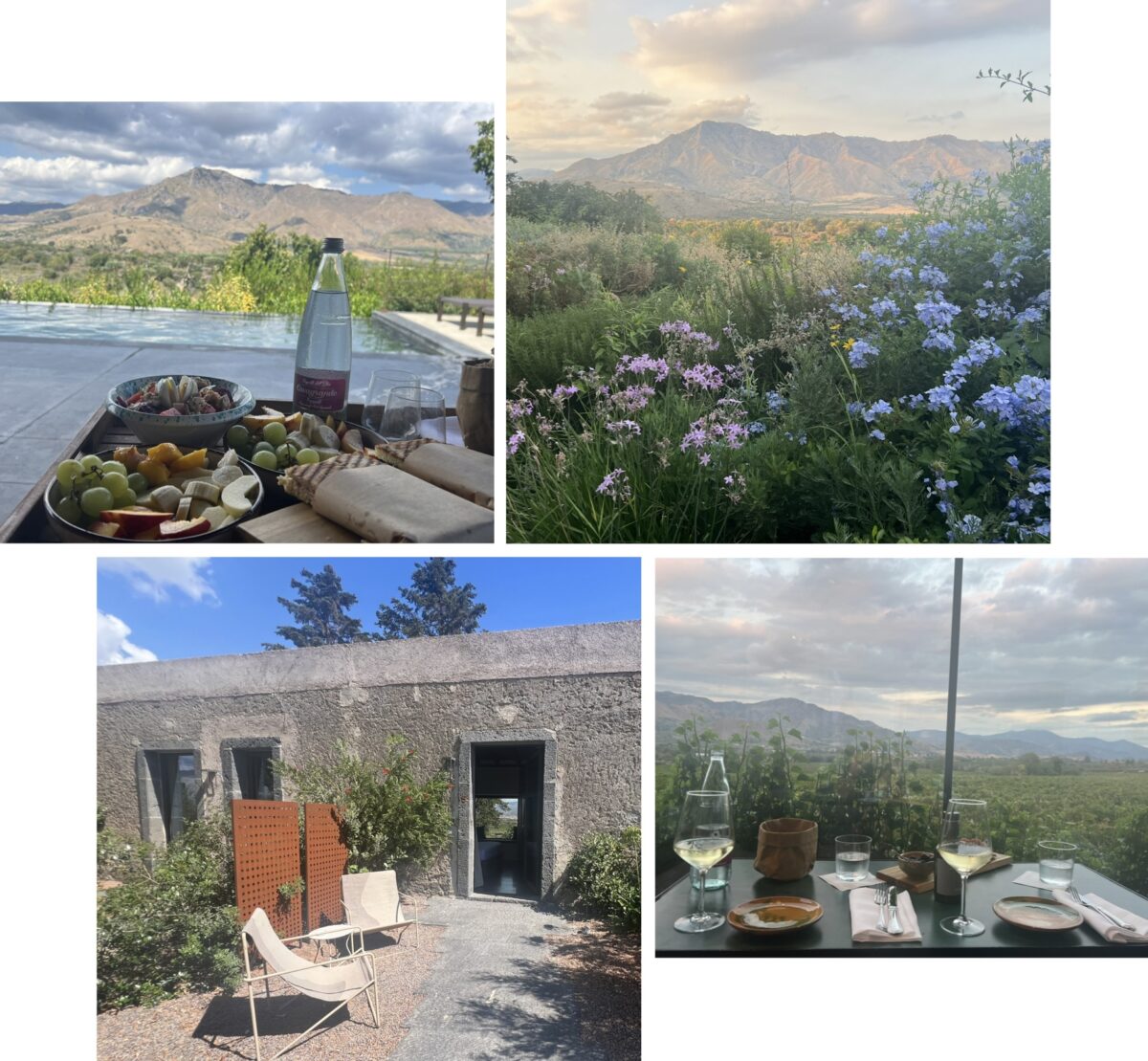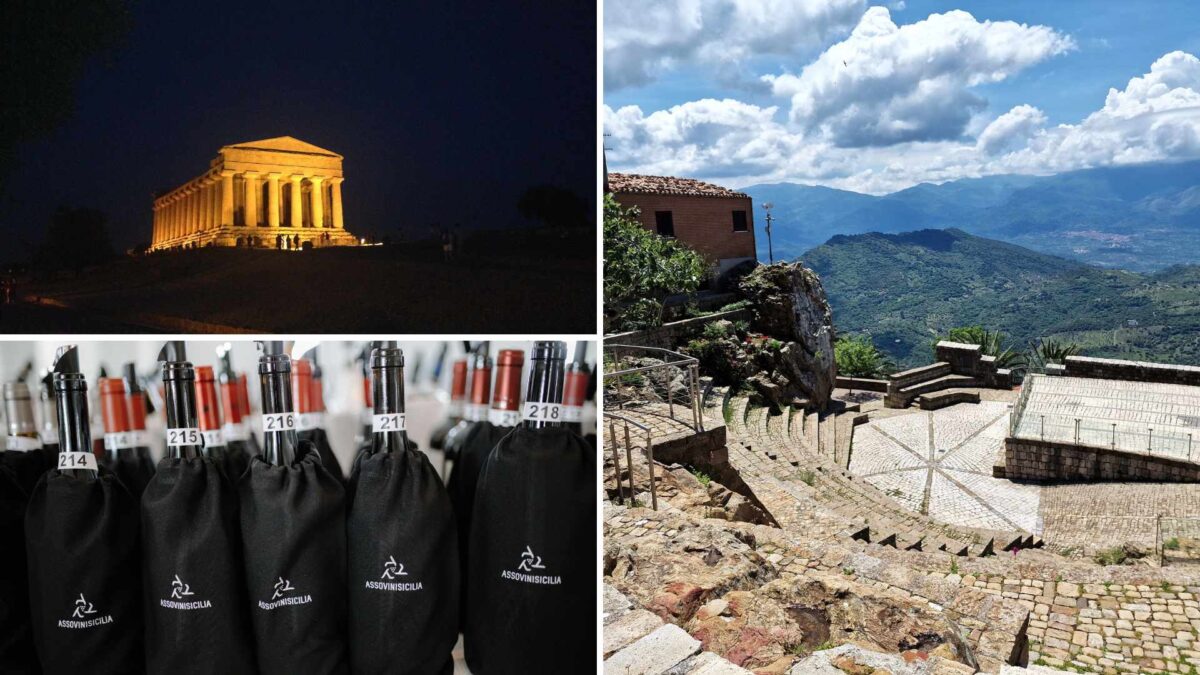Etna Days 2025 marked a record-breaking edition, celebrating the cultural, environmental, and enological richness of Sicily’s iconic volcano. Hosted at Il Picciolo Golf Resort, Castiglione di Sicilia, the event united global wine professionals for tastings, vineyard visits, and dialogue on the evolution of Etna DOC wines.
This event reinforced Mount Etna as the heart of Sicilian viticulture and a leading European wine region. Held September 18 – 20, it brought together producers, journalists, importers, and wine professionals to explore the terroir, tradition, and innovation shaping Etna DOC. Over ninety wineries showcased the volcano’s diverse microclimates and vineyard districts, highlighting Etna’s expanding global influence.
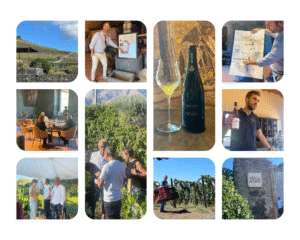
Francesco Cambria, President of the Consorzio di Tutela Vini Etna DOC, emphasized the event’s deeper purpose: “Etna Days is the culmination of our collective work: over these three days, we want to showcase not just wines, but a cultural heritage and identity that belongs to the volcano’s communities.”
The Venue: Il Picciolo Golf Resort, Castiglione di Sicilia
Nestled among the black lava terraces and verdant vineyards of Etna’s northern slopes, Il Picciolo Golf Resort served as the event’s official venue. Its panoramic setting provided an ideal backdrop for tastings, discussions, and networking. Beyond its picturesque location, the resort represented a synthesis of Sicilian hospitality and the elegance of wine culture; it was a perfect reflection of Etna DOC’s spirit.
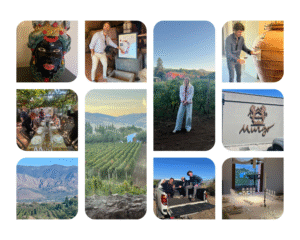
Program Highlights: Tastings and Technical Sessions
The program opened with a presentation by the Consorzio, tracing Etna DOC’s historical evolution and strategic direction. This was followed by technical and walk-around tastings showcasing over five hundred Etna DOC wines. From Carricante-based Etna Bianco to Nerello Mascalese-driven Etna Rosso, each wine expressed the minerality, precision, and freshness characteristic of volcanic viticulture.
The tastings served as a critical platform for analysis and exchange, where sommeliers, journalists, and buyers engaged directly with producers to discuss winemaking philosophies, clonal selections, and sustainability practices.
Dining Under the Stars
An unforgettable moment unfolded under the stars at Il Picciolo Golf Resort, where producers, international guests, Management and Jury of the Concours Mondial de Bruxelles all gathered for an evening that celebrated the unity of Etna’s wine community. Local culinary artistry met expressive volcanic wines in a setting illuminated by the night sky and framed by the silhouette of the volcano.
Vineyard and Winery Visits: The Contrade of Etna
The following two days were dedicated to immersive vineyard and winery visits across Etna’s diverse contrade. From centuries-old ungrafted vines to new high-altitude plantings, these excursions revealed the geological and cultural mosaic underpinning Etna’s viticultural identity.
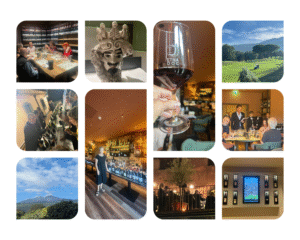
Producers highlighted the challenges of working in such a dynamic environment, ranging from steep slopes to unpredictable volcanic activity, while showcasing innovations in organic farming and micro-vinification. The result was a living laboratory of sustainability, where past and future meet in every glass.
Wineries visited: Benanti, Terra Costantino, Verderame, Terrazze dell’Etna, Bugia Nen, and Murgo.
Etna’s Role as a Global Model
Salvatore Barbagallo, Councillor for Agriculture of the Sicilian Region, described Etna as “a natural laboratory of sustainability and biodiversity.” This year’s event demonstrated how Etna’s producers are redefining quality through ecological awareness and territorial integrity. The initiative, partially supported by the Sicilian Regional Department of Agriculture, illustrated the power of collaboration in promoting regional excellence on an international scale.
Consorzio Director Maurizio Lunetta concluded: “We are recording significant numbers that confirm the international stature of the denomination. The goal for the future is to grow with an integrated vision that goes beyond winemaking, involving hospitality, gastronomy, and typical products.”
Looking Forward To 2026
Looking ahead to Etna Days 2026, the event is poised to further strengthen Etna’s international reputation. The region’s story of resilience, beauty, and innovation continues to unfold, rooted in one of the world’s most remarkable volcanic terroirs.

